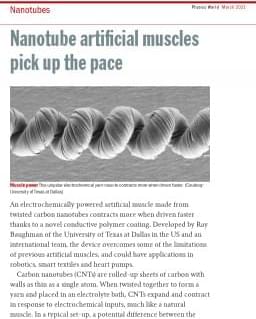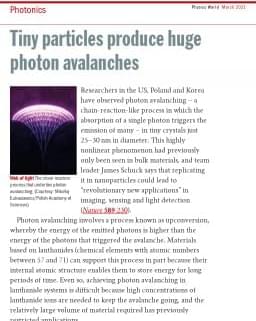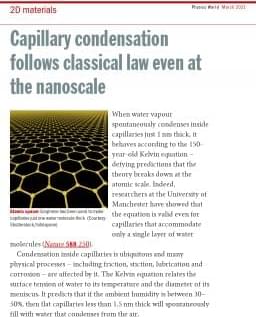Researchers in Switzerland and Italy have developed a new method for generating currents of spin-polarized electrons without the need for large external magnetic fields. This could enable the development of devices that are compatible with superconducting electronic components, paving the way for the next generation of highly efficient electronics.
Emerging in the 1980s, “spintronics” is dedicated to creating practical devices that exploit electron spin. Semiconductor-based spintronics systems have garnered particular interest because semiconductors can be integrated within modern-day electronics with the aim of improving the efficiency and storage capacity of devices. But to make useful spintronics devices, researchers must control and detect the spin state of electrons with a high level of accuracy.
One way of controlling electron spin current is a “spin valve”, which usually consists of a non-magnetic material sandwiched between ferromagnetic materials. Electrons in one spin state (say up) can propagate through the device, while spin-down electrons are reflected or scattered away. The result is a “spin polarized current” in which all electrons are either spin-up or all spin-down) – at least in principle.








